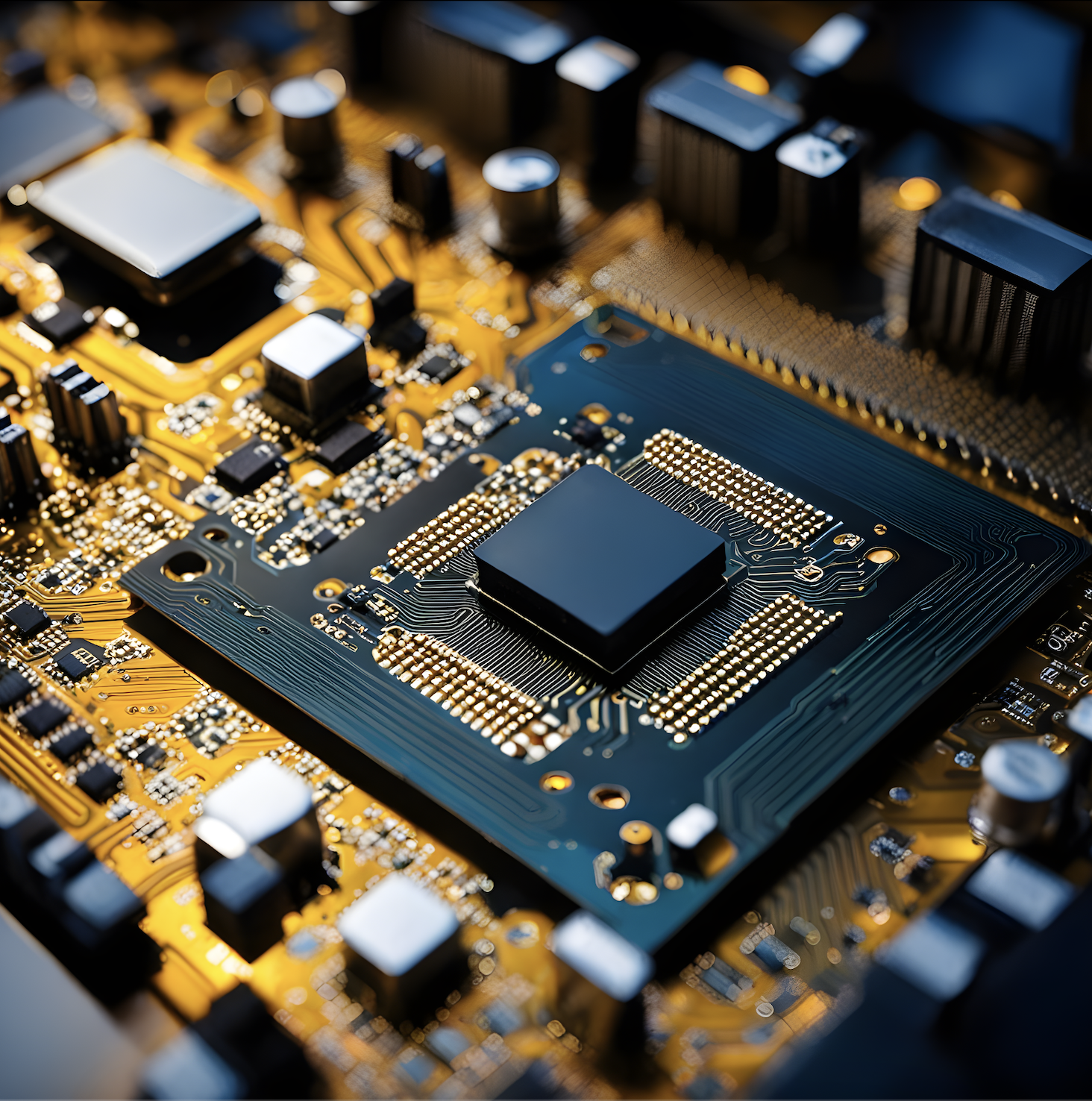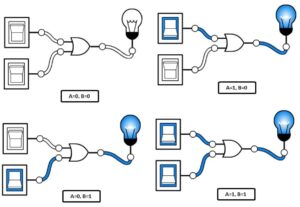In the dynamic and ever-evolving world of VLSI (Very Large Scale Integration) technology, a confluence of innovative trends is shaping the future of semiconductor design and production. This amalgamation of cutting-edge trends is fueling the development of chips that are not only powerful and efficient but also finely tailored for specific applications. Let’s delve deeper into the transformative trends that are currently redefining the VLSI landscape.
Join our WhatsApp Community here
1. AI-Driven VLSI Design: Pioneering Efficiency
Artificial Intelligence (AI) has emerged as a formidable force, permeating into VLSI design processes. AI-driven design tools automate and optimize critical tasks such as floorplanning, routing, and verification. Machine learning algorithms analyze vast amounts of design data and patterns, aiding engineers in making informed decisions. By harnessing the power of AI, engineers can craft highly efficient and reliable chips in record time, significantly enhancing productivity and reducing time-to-market.
Read More: How Gen AI is ready to disrupt VLSI verification jobs
2. Heterogeneous Integration: A Fusion of Prowess
Heterogeneous integration involves the seamless amalgamation of diverse semiconductor devices onto a single chip. This fusion allows for the integration of various components such as CPUs, GPUs, and memory, optimizing chips for specific applications like AI, machine learning, and high-performance computing. The versatility and performance gains achieved through heterogeneous integration are pivotal in crafting highly efficient and application-specific integrated circuits.
Read More: CoWoS: TSMC’s New Secret Weapon for Advanced Packaging
3. 3D ICs: Scaling New Heights
The advent of 3D ICs, featuring vertically stacked chips, marks a significant leap forward in VLSI technology. Unlike traditional planar designs, 3D ICs pack more transistors into a single chip by stacking layers vertically. This stacking enables higher levels of integration, resulting in substantial performance enhancements and improved power efficiency. The move towards 3D ICs is a transformative shift that promises to revolutionize the semiconductor industry.
Read More: Explained: What the hell is 3D IC packaging?
4. Chiplets: Modular Marvels
Chiplets, compact and modular semiconductor dies, have gained traction for their flexibility, cost-efficiency, and accelerated time-to-market. These chiplets can be interconnected to form larger chips, combining the strengths of individual chiplets to create powerful and versatile integrated circuits. The modular nature of chiplets provides an agile approach, allowing for customization and adaptation to varying design requirements.
Read More: How Chiplets Can Change the Future by extending Moore’s law
5. Neuromorphic Computing: Akin to the Human Brain
Neuromorphic computing draws inspiration from the human brain, aiming to replicate its efficiency and capabilities in silicon. These chips are designed to process vast amounts of data in parallel, mimicking the brain’s neural network architecture. This design approach makes neuromorphic chips ideal for AI and machine learning applications, offering remarkable gains in both processing speed and energy efficiency. Neuromorphic computing represents a paradigm shift in VLSI technology, holding immense promise for the future.
Read More: Explained: What the hell is Neuromorphic Computing
The Fusion Unveiled: Innovative VLSI Examples
Several industry leaders are harnessing the power of these merging trends to create groundbreaking chips:
- Intel’s Ponte Vecchio GPU: A remarkable heterogeneous 3D IC that integrates multiple chiplets, including CPU, GPU, and memory. AI-driven design tools optimize the GPU for AI and machine learning applications, showcasing the synergy of AI and 3D integration.
- AMD’s Instinct MI250X accelerator: This accelerator is a prime example of a chiplet-based design optimized for AI and machine learning, benefiting from both AI-driven design and 3D IC technology.
- Graphcore’s IPU: A neuromorphic processor tailored for AI and machine learning applications, showcasing the amalgamation of neuromorphic computing principles with 3D IC technology, all powered by AI-driven design tools.
The Future Beckons: A Glimpse into Tomorrow’s Chips
As these trends continue to converge and evolve, the future of VLSI technology holds immense promise. The seamless integration of AI-driven design, heterogeneous integration, 3D ICs, chiplets, and neuromorphic computing is propelling the industry into an era of unparalleled innovation. Tomorrow’s chips will not only be more powerful and efficient but also finely tailored to cater to the diverse needs of a technologically advancing world.
In conclusion, the fusion of these trends signifies a pivotal moment in VLSI technology, ushering in a new era of semiconductor excellence. Stay tuned, as these trends reshape the landscape of integrated circuits, promising exciting possibilities and unparalleled advancements in the way we experience technology.








